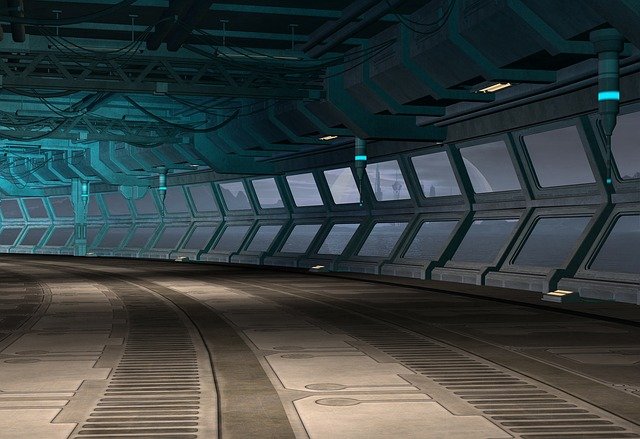Scientists have imaged a black hole before, but now they’ve captured a picture of the most important example — the one at the heart of the Milky Way galaxy. Researchers using the Event Horizon Telescope have revealed the first image of Sagittarius A* (aka Sgr A*), the supermassive black hole at the center of our home galaxy. The snapshot confirms both the presence of the black hole and provides more details of how these extreme space objects work.
Like the black hole spotted inside M87, Sgr A* is bending all the light around it — hence why it looks so similar. They’re far from identical beyond this, however. The Milky Way’s hole is over 1,000 times smaller and less massive. That made it a challenge to accurately visualize the gas whipping around the hole, as it orbits in minutes where M87’s gas takes days or even weeks. And while the object is huge at 4 million times more massive than the Sun, M87’s counterpart is billions of times more massive.
The team needed the Event Horizon Telescope’s network of radio observatories to produce the imagery over the course of multiple nights. They developed new imaging tools, and used a mix of supercomputing power (to analyze and combine data) and black hole simulations to help compare their findings. The project took five years to complete, including 100 million hours of supercomputer time at the US’ National Science Foundation.
The image finally helps humanity see the center of the galaxy, which sits roughly 27,000 light-years away. It should also help study black holes in general — astronomers can now compare images of two different black holes to refine their models of how these supermassive examples behave. The improved understanding of gas behavior could shape understandings of how galaxies form and evolve. The light ring data also lined up well with predictions based on the Theory of General Relativity.
You can expect more data going forward. The EHT is continuing to expand, and conducted its largest observation effort yet this March. Scientists hope for both more detailed images and videos of Sgr A* and other black holes in the “near future,” according to the NSF. All told, black hole visuals could be relatively commonplace before long.
All products recommended by Engadget are selected by our editorial team, independent of our parent company. Some of our stories include affiliate links. If you buy something through one of these links, we may earn an affiliate commission.

